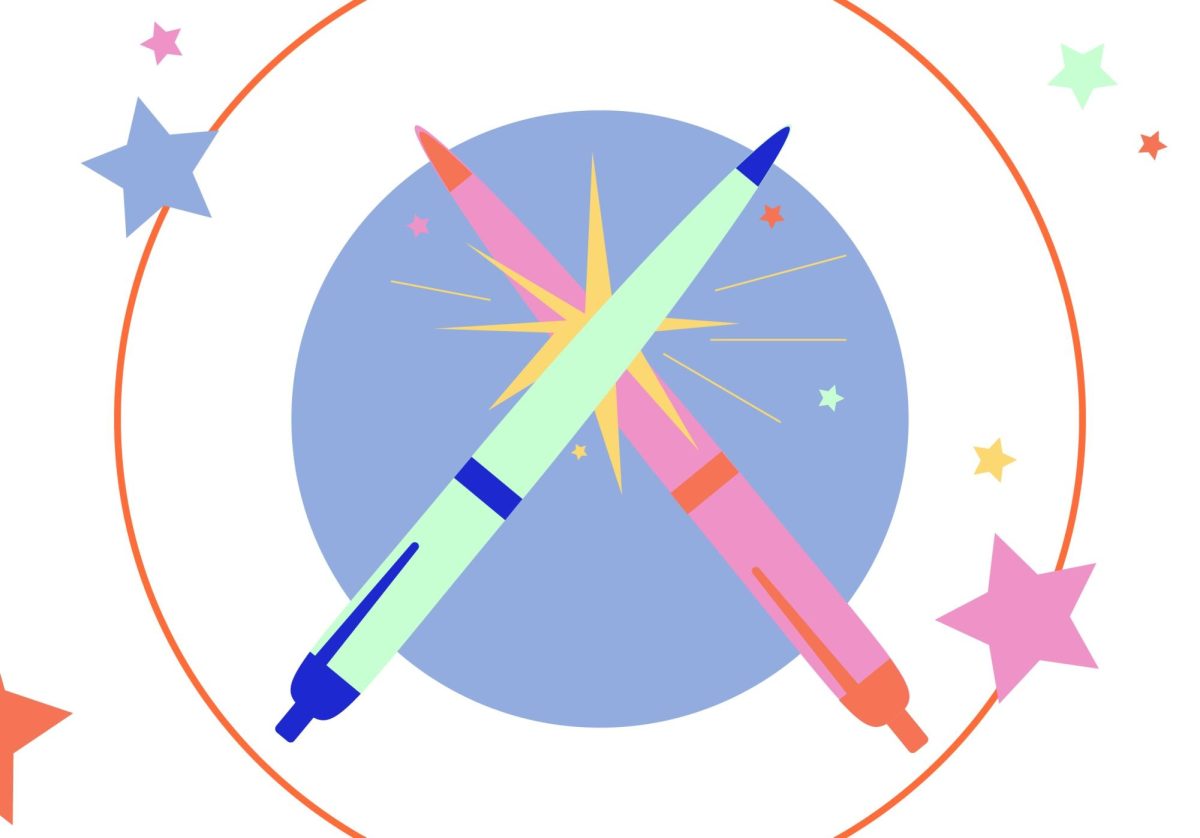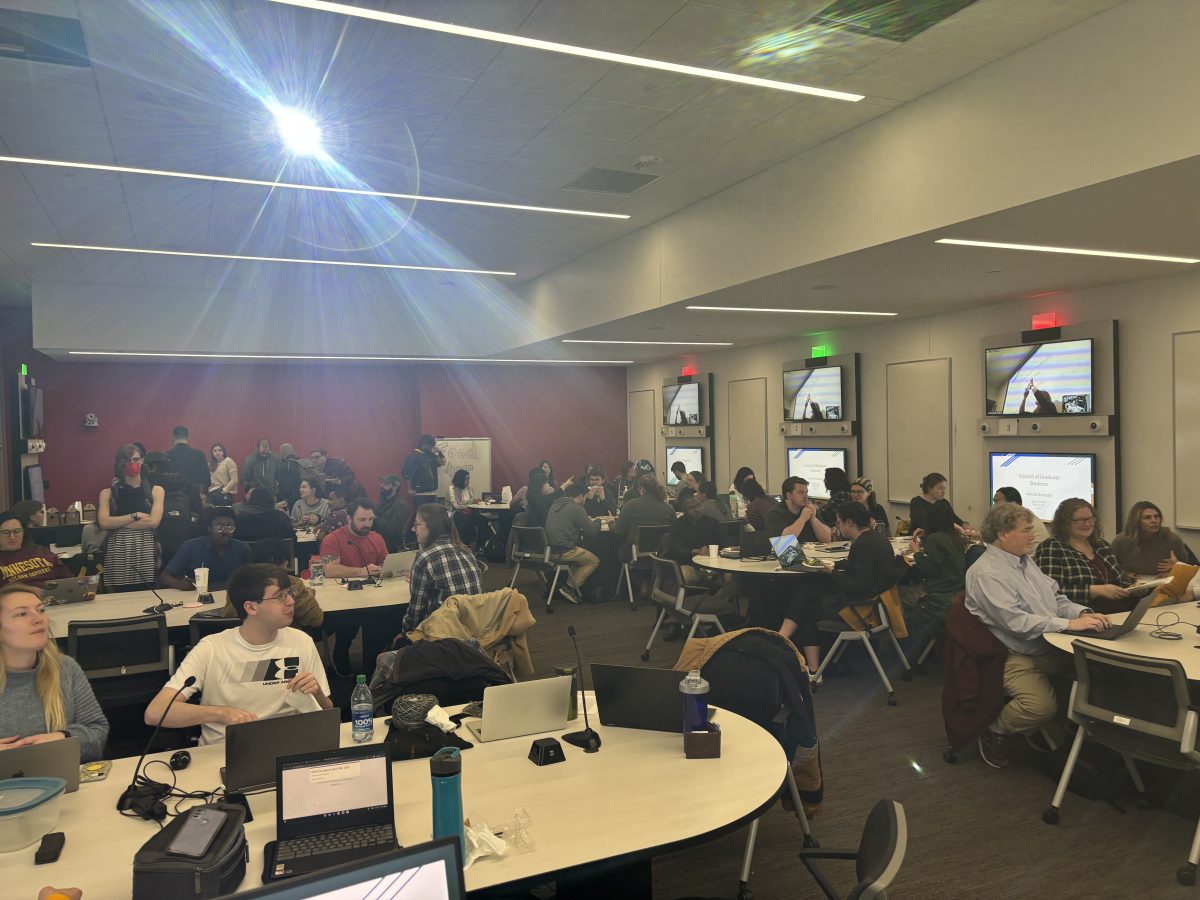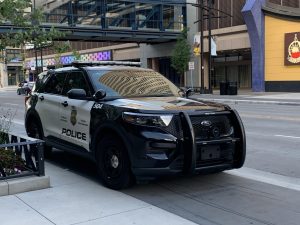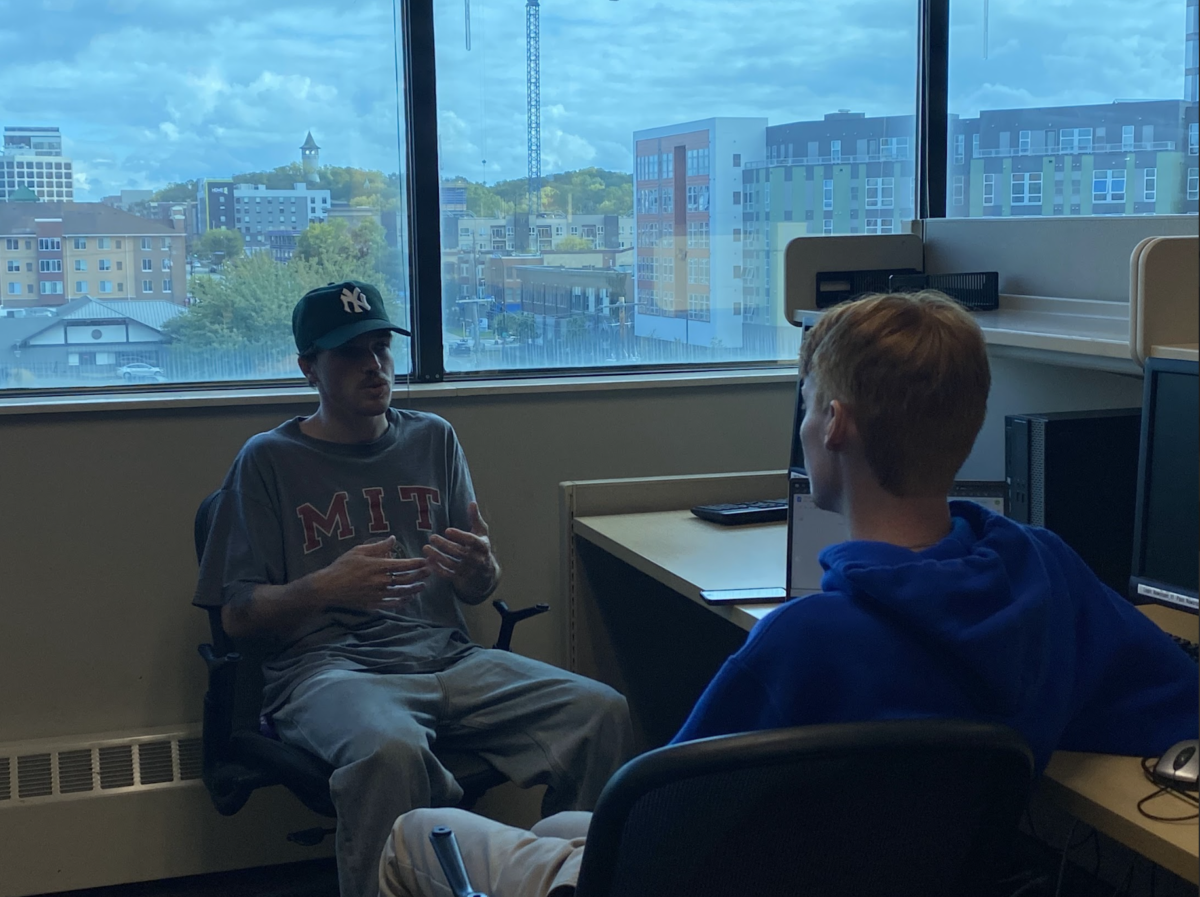Late one night after work in Oct. 2017, 22-year-old Tucker Robinson bought what he believed was a bag of heroin without realizing it contained fentanyl. After getting high in the bathroom, Robinson crawled into his cramped room, where his heart stopped.
Two minutes later, his roommate came back and saved his life with Narcan.
Robinson had been using opioids for three years. He dropped out of college twice, experienced homelessness and was paying $50 to live in a closet-sized room with a roommate who he frequently did heroin with.
Weeks earlier, Robinson was in detox where a counselor insisted he take a can of Narcan, despite his initial apprehension. It was the Narcan his roommate used on him that saved Robinson’s life.
Overdosing offered him perspective.
“I started to think a lot about my family, my younger sister, both of my parents and them having to go to my funeral,” Robinson said. “That thought, that fear, was enough to push me down the path into making an effort to get into recovery.”
Six years after overdosing, Robinson is sober and a program director for Change the Outcome (CTO), an organization dedicated to educating the public about the opioid epidemic, including resources like Narcan.
With overdoses becoming the number one cause of accidental death in the U.S., activists like Robinson are pushing to educate the public on naloxone, commonly known as Narcan, a treatment to block the effects of opioids and reverse the effects of an overdose.
Fear, stigma, drugs and Narcan
More than 100,000 people died of overdoses in 2022 in the U.S., according to the Centers for Disease Control and Prevention (CDC). About 60% of overdoses in 2021 involved fentanyl, according to the National Institute on Drug Abuse.
Hennepin County saw more overdoses in 2022 than any year ever recorded, according to the Minnesota Bureau of Criminal Apprehension, with over 900 deaths from overdoses coming from synthetic opioids like fentanyl.
As of July, in more than 1,700 overdoses where Narcan was administered in Hennepin County this year, the treatment improved people’s condition about 70% of the time.
Justin McNeal, director of Justice Involved Programs for Minnesota Recovery Connection and someone who has used Narcan to reverse an overdose, said acknowledging the opioid epidemic is needed to save lives.
“People should stop ignoring the fact that this is part of our world now because more people will just continue to die if we don’t,” McNeal said.
With common drugs, like Adderall, occasionally being cut with synthetic opioids, the chances of overdosing and death are increasingly high, according to McNeal.
Fentanyl is a synthetic opioid prescribed for treating severe pain that is 50-100 times stronger than morphine, according to the CDC. However, it is often illegally cut into other drugs to produce stronger highs.
A dose of fentanyl the size of the president’s ear on a dime can be fatal, while newer strains only need to be the size of a grain of sand to be lethal, according to McNeal. This can be especially dangerous for people who are unaware their drugs are cut.
Many people, particularly parents, do not want to acknowledge the drug epidemic at all, according to Robinson.
“It’s easier for people to deny and pretend that the problem doesn’t exist than acknowledge it and be like, ‘Our kids might be exposed to these substances,’” Robinson said.
While promoting the use of Narcan, advocates have pushed back against many stigmas surrounding drug addiction.
Colleen Ronnei helped found CTO in 2017 following her son’s death from an accidental overdose. Throughout her advocacy work, Ronnei said she has heard how those struggling with substance abuse are written off as bad people who are “not worth saving.”
The stigma Ronnei still encounters is the same stigma Robinson said made it difficult to open up about his drug use.
“I remember being younger and hearing people talk about people with drug addiction like, ‘They don't have the willpower to stop when they need to and that makes them weak,’” Robinson said. “I felt a lot of shame about what I was struggling with, so I held it in and I didn't talk about it.”
Education Director for Steve Rummler HOPE Network Alicia Haugh said destigmatizing addiction and recovery will lead to a safer community.
“We can create a safe community for everybody, the more we can sort of break down those barriers to understanding and awareness,” Haugh said.
Activists have seen stigmas about Narcan too. McNeal said many people think saving the lives of addicts with Narcan only enables their addiction.
“To say we don't need this ultimately kills people. It's not enabling saving someone's life,” McNeal said. “Allowing someone to breathe so that they can have a chance to recover is much better than the option of allowing someone to die where they can never get a chance to recover.”
Even if there was evidence to suggest Narcan enables drug use, Robinson said it would still be worth it.
“If making a life-saving medication quote unquote encourages drug use, but also saves lives, I'd say we got to save lives,” Robinson said.
Haugh said some people manage to recover from substance abuse after overdosing. Without a tool like Narcan, they will never get that chance.
“People can't recover if they're not alive,” Haugh said.
Robinson said surviving an overdose may inspire an addict to get the help they need, as it did for him.
“Having Narcan and then having the opportunity to potentially save somebody's life might be the moment that they're ready to make a change,” Robinson said. “You never know what that person is going to go on to do.”
Where to get Narcan
Everyone nationwide can buy Narcan over-the-counter without a prescription –– Minneapolis received a $300,000 grant to increase naloxone availability earlier this year. Robinson said they hope it will lead to more people carrying the lifesaving medication, even if they do not think they will need it.
“It's better to have it and not need it than need it and not have it,” Robinson said.
For those who can’t afford the $45 price tag, community-based groups like Steve Rummler HOPE Network and Minnesota Recovery Connection are naloxone access points where anyone can contact them to get free Narcan.
Steve Rummler HOPE Network has held four overdose response training sessions on campus since December, which more than 500 University students, staff, faculty and community members attended. The organization also provided overdose-response training and naloxone training to the 74 advocates in Boynton Health’s health advocacy program for the 2023-24 academic year.
Advocates act as emergency health resources for the apartments, dorms, fraternities and sororities they live in, according to Interim Director of Housing and Residential Life Susan Stubblefield.
The on-campus Boynton Health Pharmacy will eventually sell over-the-counter Narcan, according to Boynton Health.
Off-campus stores, like Walgreens and CVS Pharmacy, including the CVS inside Dinkytown Target, all sell Narcan over-the-counter. University of Minnesota Police have carried Narcan since 2018.
While new strains of fentanyl sometimes require six to eight doses of Narcan compared to the typical one to two, a stronger form of Narcan known as Opvee should help counter stronger drugs, according to McNeal.
Ronnei hopes increasing the number of people who carry and learn about Narcan will make a dent in the drug epidemic and help more people like Robinson.
“People can’t get well if they’re dead,” Ronnei said.
























